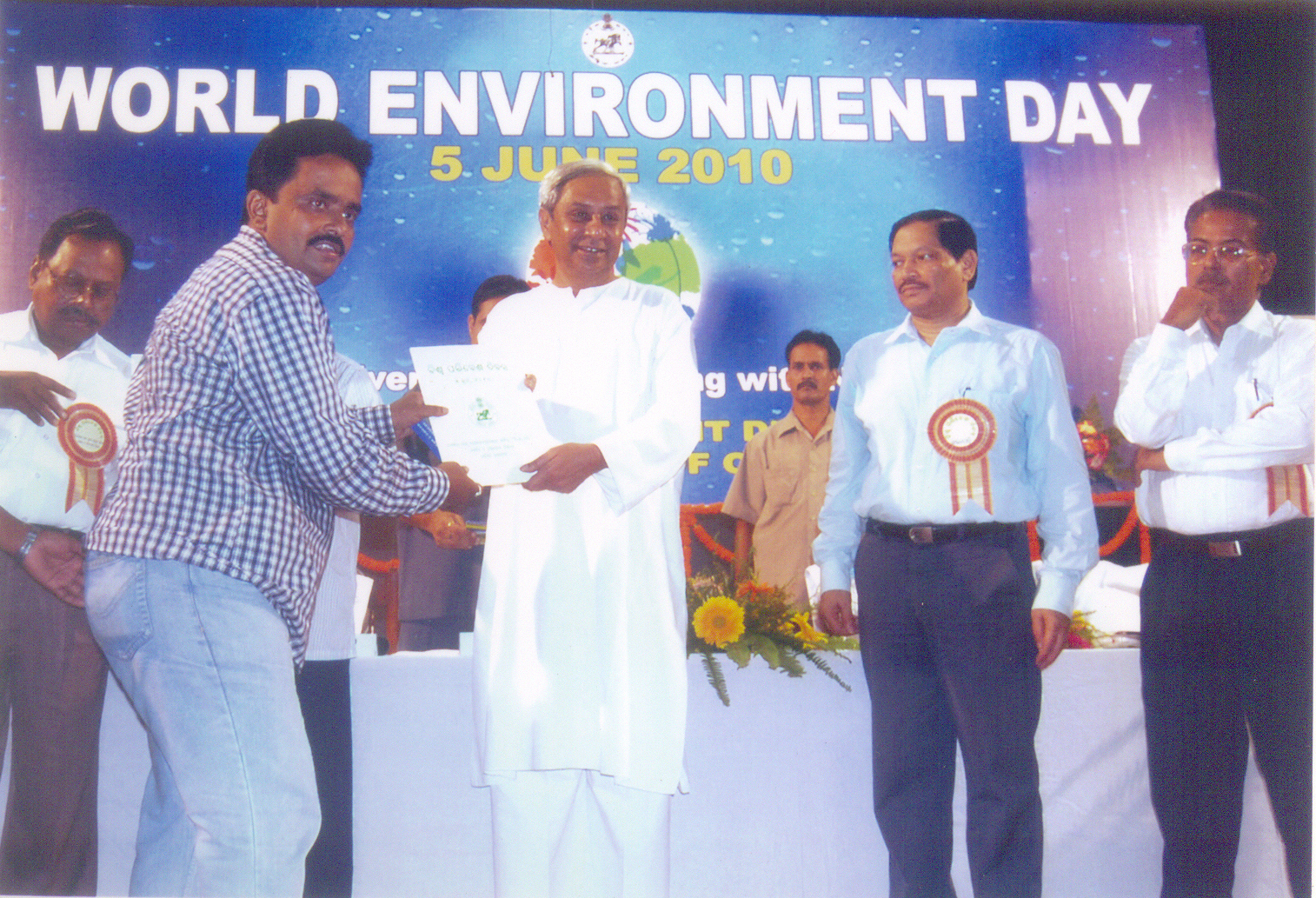Target Groups:
SWATI has reinforced to continue the engagement with most vulnerable communities in both rural and urban locations, experiencing shortages of food and having the most difficulty to build a sustainable livelihood such as SCs & STs, landless, marginal and small farmers, poor women, transgender, migrants, physically challenged and children to meet the strategic objectives. Special effort shall be made to reach the Particularly Vulnerable Tribal Groups (PVTG) Communities
Approach of SWATI
The approach of SWATI that includes action, reflection, replication and influencing involves it’s engagement with variables at different levels including stakeholder interest and relationships, relevant policies and legislations, socio-economic and socio-political conditions, environmental conditions. SWATI not only works with the community at the grassroots but also builds the capacities of other likeminded organizations. It is known for complementing and supplementing the work of state government for a larger impact of the mainstream development programmes. It works in two ways – (1) Towards effective implementation of government programmes through community monitoring and (2) Building evidences through action research to advocate for a pro-poor policy.The Organisation has been working on Community-driven development and people centric approach.
Strategy of SWATI
Participatory Planning and Execution of Programs
Promotion and strengthening of Community based Organisations
Skill Development and capacity building
Policy Advocacy for improved livelihoods for poor, more particularly tribal
Inclusive Governance

